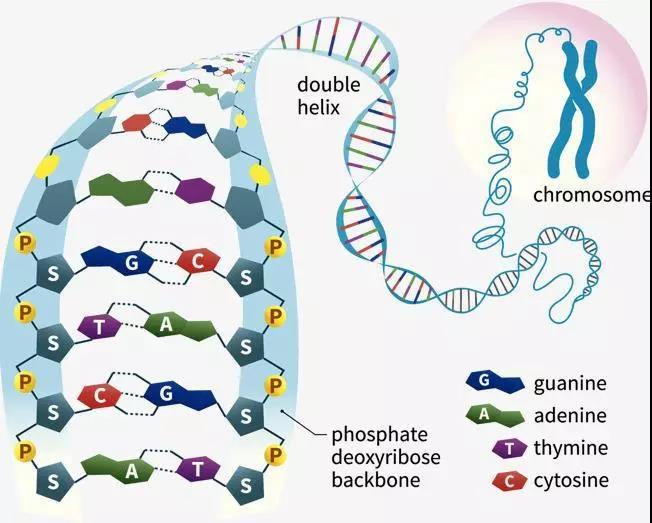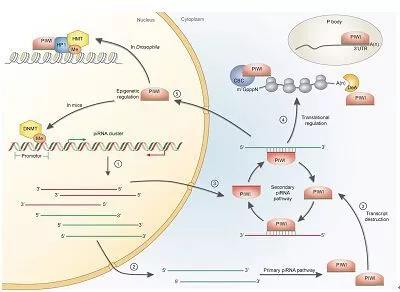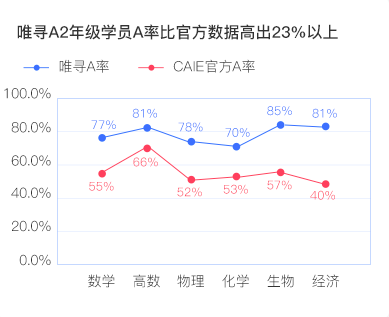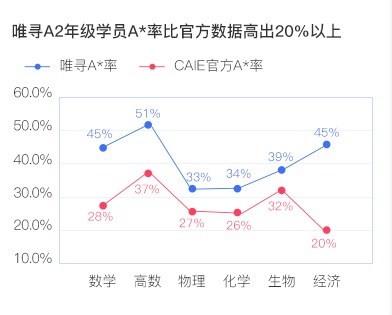
5月ALEVEL大考的时间已经定啦,本文将为正在规划复习的小伙伴整理ALEVEL生物课程知识点笔记,Nucleic Acids 、Nucleic Acids、Protein synthesis等高频考点都给大家整理得明明白白了,有了好的复习材料,还怕做不好复习吗?
DNA is the genetic material, which carries the genetic information.
Chromosome is a DNA molecule associate with the histone proteins.
Gene is the small section of DNA, which can be used to make the proteins.
■ DNA
- Deoxyribonucleic acids
- Double helix structure with antiparallel strands。
- DNA is the polymer of DNA nucleotides (Polynucleotides)
■ RNA
- Ribonucleic Acids
- Made up by RNA nucleotides.
- Messenger RNA: Copy the genetic information from DNA in the nucleus and bring the information to the ribosome in cytoplasm.
- Transfer RNA: Carry the specific amino acid to the ribosome.
- Ribosomal RNA: Form the subunits of the ribosome.
l Nucleotide contains a pentose sugar, a phosphate group and a nitrogen-containing base:
| Bases | ||||
| Pentose | Double ring purine | Single ring pyrimidin-es | ||
| DNA | Phosphate | Deoxyribose | Adenine ;Guanine | Thymine; Cytosine |
| RNA | Ribose | Adenine; Guanine | Uracil; Cytosine | |
■ Each nucleotide is linked to the next one by phosphodiester bonds between the phosphates of a nucleotide and pentose of another nucleotide to form the polynucleotide.
■ Commentary base pairing: purine bases pair with pyrimidine bases (A-T, G-C)
- Adenine always pairs with thymine (uracil in RNA) via 2 hydrogen bonds.
- Guanine always pairs with cytosine via 3 hydrogen bonds.
■ Two polynucleotide strands of the DNA is held by the hydrogen bonds between the complementary base pairing.
■ Occurs during interphase before the cell division to ensure each daughter cell get correct amount of genetic material.
■ DNA replicates by semi-conservative replication: Each daughter DNA molecule contains one strand from parent DNA and one newly formed strand.

■ Process:
1. The DNA double helix structure is unwound and unzipped by helicase.
2. Both separated DNA strands are used as the template strands.
3. Free nucleotides joined with templet strand and held by the hydrogen bonds between the complementary base pairs.
4. DNA polymerase catalyses the formation of the phosphodiester bonds between DNA nucleotides.
5. Due to the new DNA strands have to formed from 5’ end to 3’ end, and the DNA is antiparallel, one daughter DNA strand is formed discontinuously. The DNA segments are connected by the DNA ligase.
6. Two identical daughter DNA molecules are formed.
■ Two strands of DNA: sense strand (coding strand) + antisense strand (template strand)
■ The genes are on the antisense strand
■ Transcription (occurs in the nucleus):
1. Double strands of DNA are unwound and unzipped and the antisense strand is used as the template.
2. RNA nucleotides pair up with their complementary bases on the template strand via hydrogen bonds.
3. RNA polymerase catalyse the formation of the phosphodiester bonds between the RNA nucleotides.
4. The mRNA molecules is formed, and then the hydrogen bonds between the mRNA and DNA template strand are broken.
5. The DNA rewind into the double helix structure and mRNA molecule leaves the nucleus via nuclear pore.

■ Translation: (occurs on the ribosome):
1. The mRNA moves into the cytoplasm and attached by ribosomes to provide the binding site for tRNA.
2. tRNA will brings the specific amino acids and bind with the mRNA and ribosome via the complementary base pairing between the codon and anticodon.
3. Then, second tRNA bring another amino acids and bind with the mRNA.
4. The peptide bond form between the adjacent amino acids.
5. The first tRNA detached from the its amino acids and he ribosome moves along the mRNA molecule, and a new tRNA with the amino acids will bind with the next codon.
6. The polypeptide is formed gradually until the ribosome reach the stop codon, then the formation of the polypeptide is completely. It will fold in the secondary and tertiary structure immediately.
7. The mRNA can be read by several ribosomes at the same time to produce many polypeptide.
首先,学员们需要在GCSE学习知识的基础上,还要更深入地了解和学习有关生物化学、生态学、遗传学、微生物学和生理学方面等的知识。
其次就是学习和练习试验方法,熟悉并自行掌握各种实验室的技术,特别是显微镜的应用。
最后通过A-Level生物这门课程的学习,学员们需要学习和学会自我学习的一些方法,比如如何做研究、如何做数学分析、如何做有关于学习内容的演示以及讲解及修订方法等等。
学习方法
生物是A1所有课程中最不受欢迎的课程之一,庞大的词汇量、生僻的单词、繁杂的背诵哪个都不好应付。
所以同学们在学习生物的过程中,点要做的就是要把书本上的生词都认全,如果连英语单词都不认识,怎么学都是学不好的。
接着是对概念的掌握,比如生物结构的存在,并且了解怎么绘制这些结构。因为有很大的背诵量,所以平时同学们就要注意积累,将每周讲过的知识点都过一遍。
在刷题的过程中,注意理解为主,有不懂的一定要及时弄懂,问题如果累计下来,到了最后你就会发现没一个是你懂的。
有关ALEVEL生物课程笔记与学习建议就分享到这里。有同学会觉得,6月的考试,现在就开始规划复习会不会太早,答案是完全不会。因为虽然导师会争取在考试季开始前的1-2个月教完课程,为学员留出复习时间,但由于一些ALEVEL科目的特殊性,内容量特别大,想要做到这一点是不太可能的。所以复习肯定是不能跟着学校来的。
如果你不知道如何兼顾学习与同步复习,如果你想在6个月后稳定冲A*,点击预约试听【唯寻ALEVEL同步培训班】,唯寻教学天团授课,根据不同考试局整理相关高频考察点,补充生僻知识点,完善知识网络,提升答题技巧,用超高考商提前锁定A*。

唯寻学员。
。


更多ALEVEL学习攻略点击

学习有方法,成长看得见
筑梦牛剑/G5/常春藤
